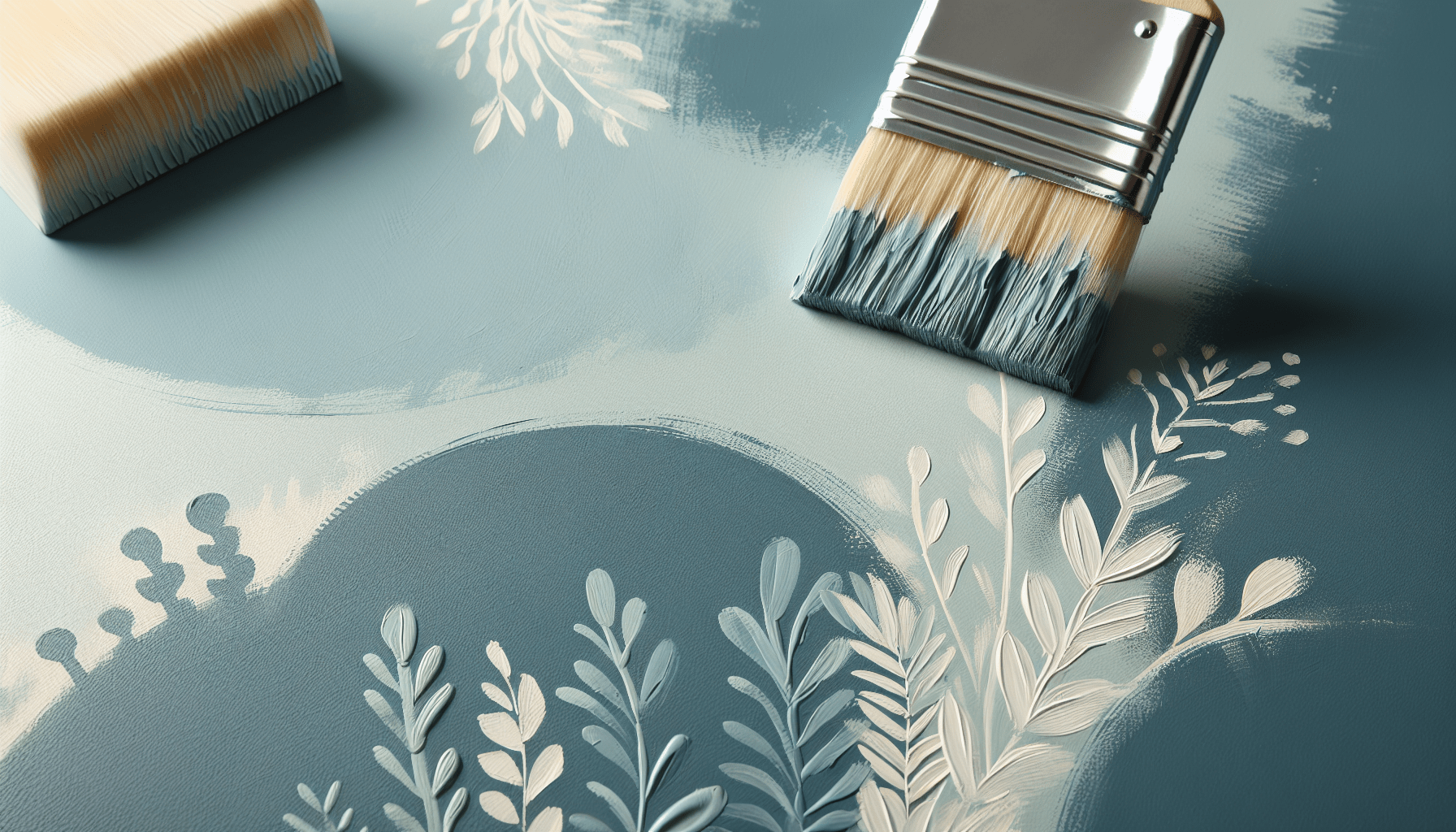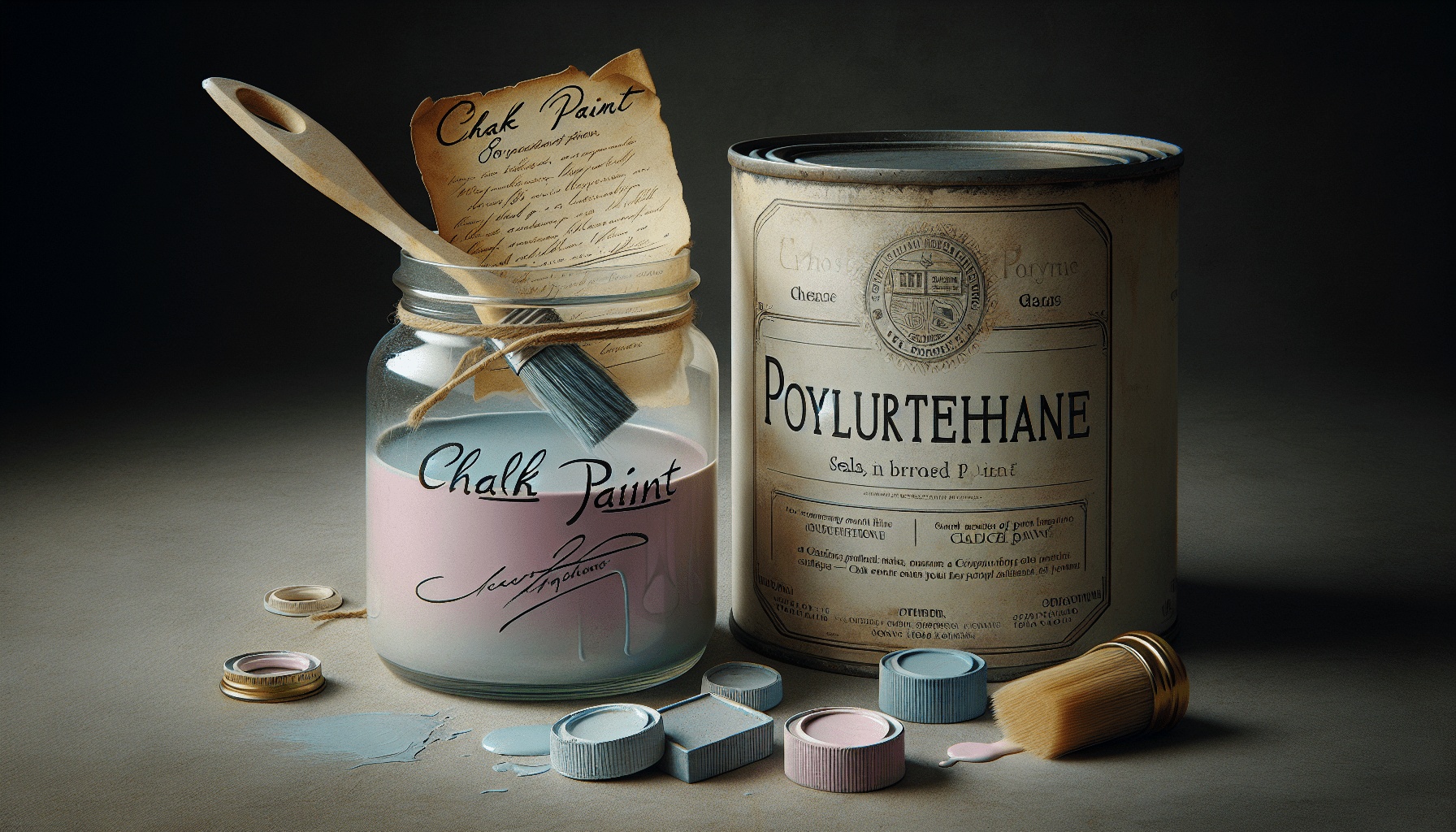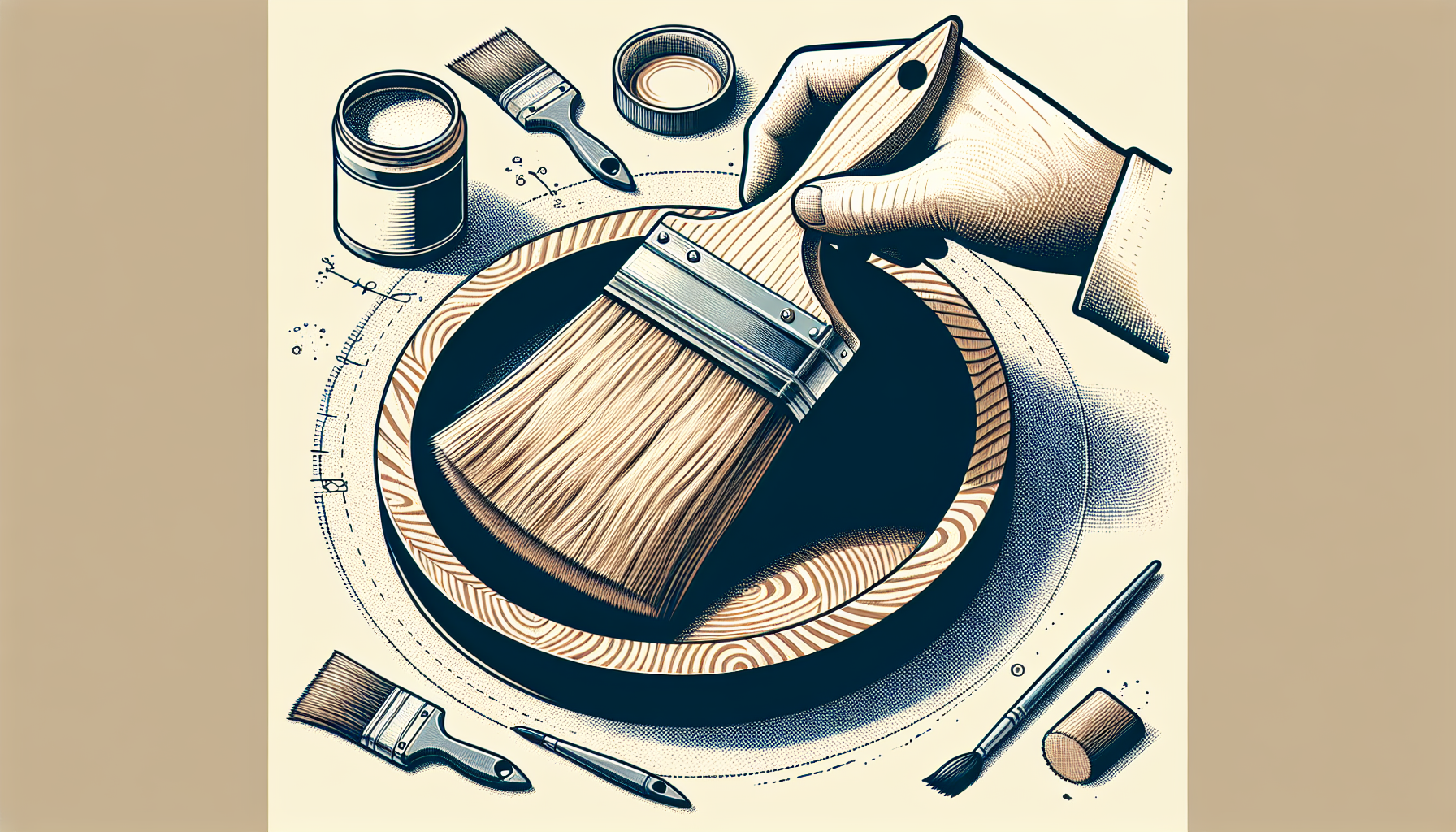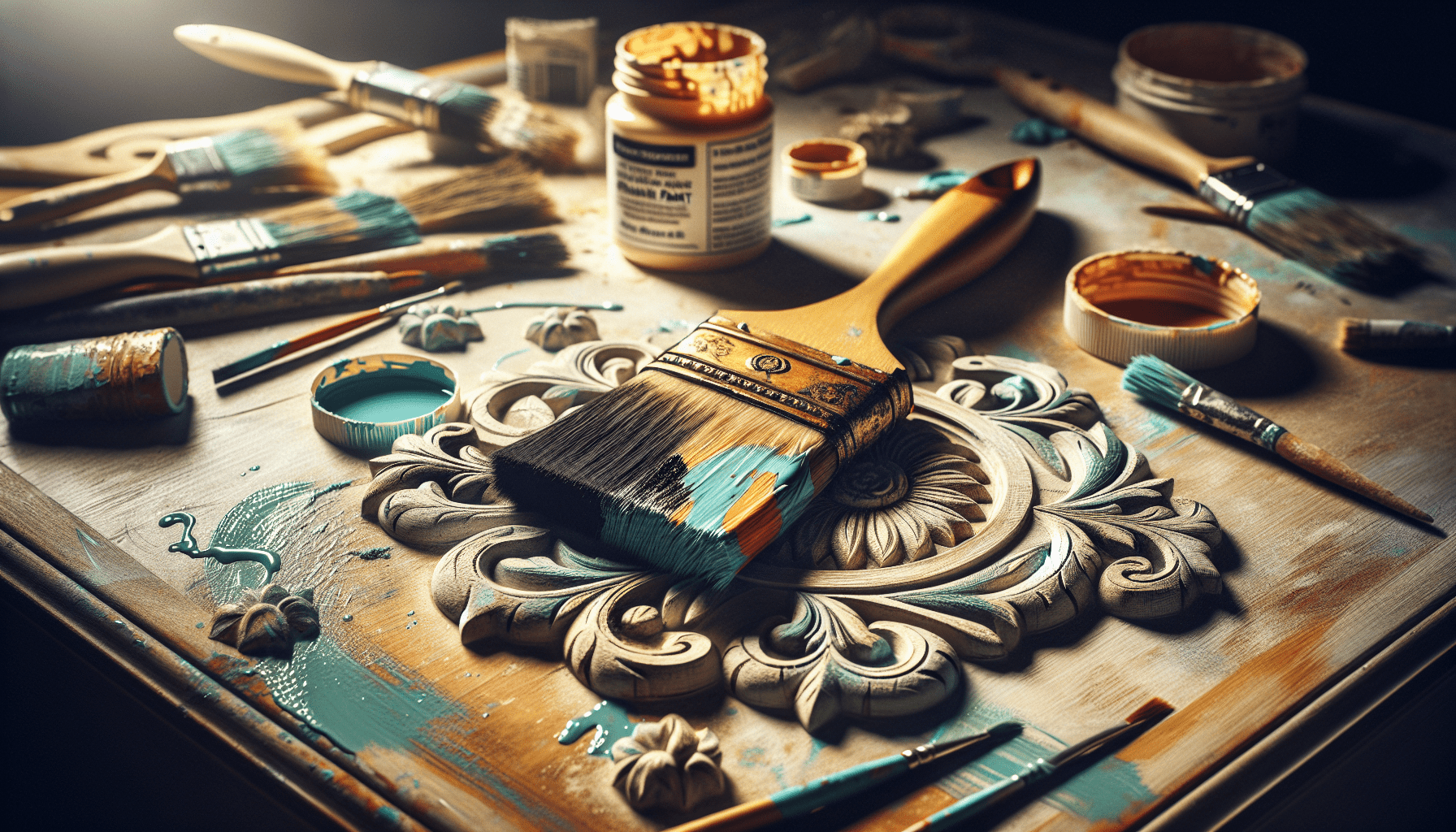In the world of interior design, chalk paint has become a popular choice for furniture and décor projects. But can you use chalk paint on walls as well? While chalk paint can be a versatile option for adding a unique touch to your walls, there are certain considerations to keep in mind to ensure a successful application. From surface preparation to finishing techniques, incorporating chalk paint on walls can bring a rustic and charming look to any room in your home.
Can You Use Chalk Paint On Walls
Have you ever wondered if you can achieve a beautiful, matte finish on your walls with chalk paint? In this article, we will explore the world of chalk paint and whether or not it is suitable for use on your walls. Let’s dive in and discover if chalk paint is the right choice for your next DIY project.
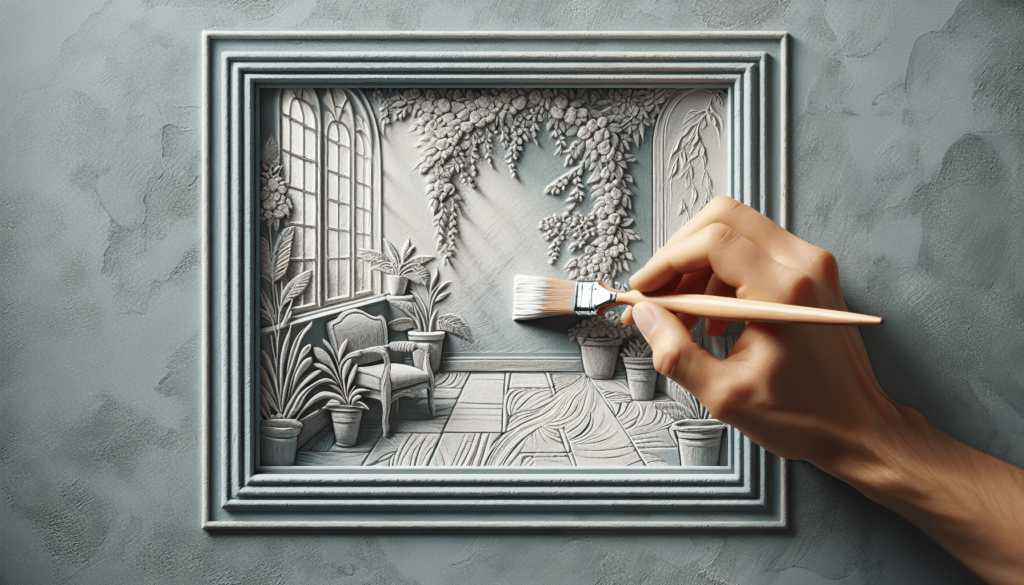
What is Chalk Paint?
Chalk paint is a unique type of paint that was created by Annie Sloan in 1990. It is known for its matte finish and chalky texture, giving surfaces a vintage and shabby chic look. Unlike traditional paint, chalk paint requires little to no prep work and can be easily applied to various surfaces.
Chalk paint is popular in the world of furniture upcycling, as it provides a quick and easy way to transform outdated pieces into stylish and on-trend items. However, many DIY enthusiasts have also started using chalk paint on walls to achieve a similar effect.
Benefits of Using Chalk Paint on Walls
Using chalk paint on walls can offer a variety of benefits that may make it a suitable choice for your project:
-
Matte Finish: Chalk paint provides a beautiful matte finish that adds a touch of elegance to any room. The lack of shine can help to create a cozy and inviting atmosphere in your space.
-
Easy Application: Chalk paint is known for its ease of application. With minimal prep work required, you can quickly paint your walls without the need for sanding, priming, or stripping old paint.
-
Versatile: Chalk paint can be used on a wide range of surfaces, including walls, furniture, and even fabric. This versatility makes it a great choice for DIY projects around the home.
Can You Use Chalk Paint on Walls?
The short answer is: yes, you can use chalk paint on walls. However, there are some important considerations to keep in mind before you start painting:
-
Surface Preparation: While chalk paint typically requires less prep work than traditional paint, it is still important to ensure that your walls are clean and free of any dust or debris. Additionally, if your walls are heavily textured, you may need to sand them down slightly to create a smooth surface for the paint to adhere to.
-
Coverage: Chalk paint can have a textured appearance, which may not be to everyone’s taste. If you prefer a smoother finish, you may need to apply several coats of chalk paint to achieve the desired look.
-
Durability: Chalk paint is not as durable as traditional paint, so it may not be the best choice for high-traffic areas or rooms that are prone to moisture. If you are using chalk paint on walls, you may want to seal it with a clear wax or polyurethane to protect the finish.
How to Use Chalk Paint on Walls
If you have decided to use chalk paint on your walls, here are some steps to help you achieve the best results:
-
Gather Your Supplies: You will need chalk paint, a paintbrush or roller, painter’s tape, and a drop cloth to protect your floors and furniture.
-
Prepare Your Walls: Clean your walls thoroughly and make any necessary repairs. If your walls are glossy or have a lot of texture, consider using a primer to ensure proper adhesion.
-
Apply the Chalk Paint: Start by cutting in the edges of your walls with a brush, then use a roller to apply the paint in even, overlapping strokes. Allow the first coat to dry completely before applying additional coats as needed.
-
Optional: Distress the Finish: If you want to achieve a shabby chic look, you can lightly sand the edges and corners of your walls to create a distressed finish. Wipe away any dust before sealing the paint.
-
Seal the Paint: To protect your walls and enhance the durability of the paint, consider sealing it with a clear wax or polyurethane. Follow the manufacturer’s instructions for best results.

Choosing the Right Chalk Paint for Your Walls
When selecting chalk paint for your walls, there are a few factors to consider:
-
Color: Chalk paint comes in a wide range of colors, so choose a shade that complements your decor and personal style.
-
Finish: Some brands of chalk paint offer different finishes, such as matte, satin, or gloss. Consider the look you want to achieve and choose a finish that suits your preferences.
-
Brand: While Annie Sloan is the original creator of chalk paint, there are now many brands on the market that offer similar products. Do some research and read reviews to find a brand that meets your needs.
Maintaining Chalk Painted Walls
To keep your chalk painted walls looking their best, follow these tips:
-
Regular Cleaning: Dust your walls periodically to prevent buildup and maintain the matte finish. Use a soft cloth or duster to gently remove dust and debris.
-
Avoid Harsh Cleaners: Harsh chemicals and abrasive cleaners can damage the finish of chalk paint. Instead, use a mild soap and water solution to spot clean as needed.
-
Touch-Ups: Over time, your chalk paint may show signs of wear or fading. Keep a small amount of paint on hand for touch-ups and repairs.
Conclusion
In conclusion, chalk paint can be a great choice for adding texture and character to your walls. With its matte finish and easy application, chalk paint offers a quick and stylish way to update your space. Just remember to consider factors like surface preparation, coverage, and durability before you start painting. Whether you’re looking to create a shabby chic look or add a touch of elegance to your home, chalk paint may be the perfect solution for your next DIY project.
